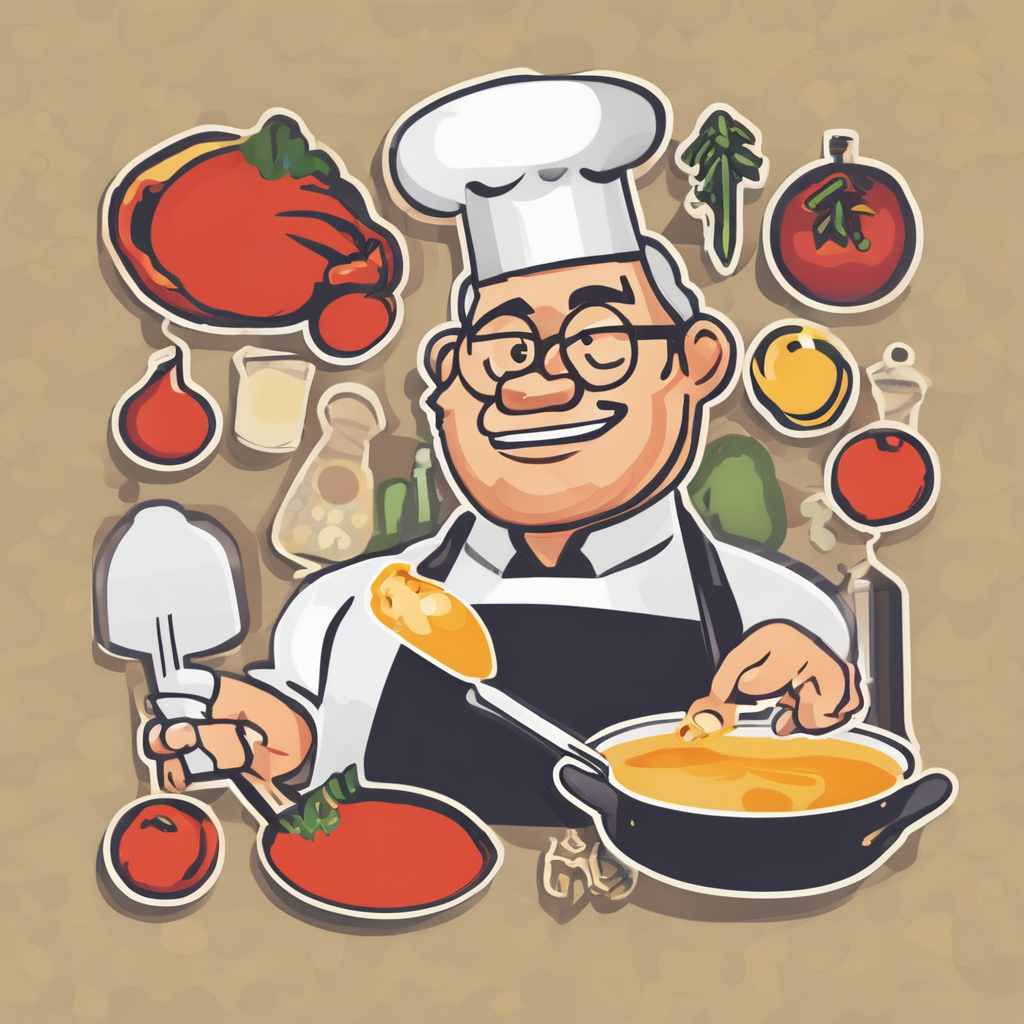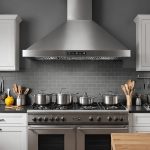Your kitchen can be more than just a space for food preparation—it can be a powerhouse that fuels your active lifestyle. Designing a kitchen that prioritizes health and efficiency enhances both your cooking experience and overall well-being. From smart layouts to incorporating nutritious ingredients, each element can contribute to your vitality. Discover practical tips that transform your kitchen into an energising hub, making healthy eating effortless and enjoyable.
Kitchen Layout for Efficiency
Designing a kitchen that suits an active lifestyle requires thoughtful planning.
In parallel : Essential Considerations for Selecting a Heavy-Duty Kitchen Sink: A Comprehensive Guide
An open layout is crucial for those seeking movement and accessibility in their kitchen. This design allows for seamless transitions between cooking, prepping, and storage, minimizing obstructions and enhancing flow.
Zones play a pivotal role in creating an efficient kitchen. By dedicating specific areas for cooking, preparation, and storage, you streamline your workflow. This zoning reduces the time spent searching for utensils or ingredients, allowing for a more productive and enjoyable cooking experience.
Also to see : Designing the Perfect Kitchen Layout for Effortless Batch Cooking Success
Incorporating ergonomic design is essential to reduce strain during meal preparation. Consider adjustable countertops or pull-out shelves that cater to your specific needs. These features can significantly decrease physical stress, promoting comfort as you navigate your kitchen.
Key Elements of an Efficient Kitchen Layout
- Open Layout: Enhances movement and accessibility.
- Zoning: Streamlines workflow by designating specific areas.
- Ergonomic Design: Reduces strain and increases comfort.
By prioritizing these elements, an efficient kitchen layout becomes a reality. This not only supports an active lifestyle but also transforms your kitchen into a space that fosters creativity and enjoyment in meal preparation.
Essential Appliances for Healthy Cooking
Achieving a healthy lifestyle starts with the right kitchen appliances.
Must-Have Appliances
Incorporating the right kitchen appliances can transform meal preparation into a quick and healthy endeavor. A blender is essential for smoothies and soups, while a steamer helps retain nutrients in vegetables. For those pressed for time, a pressure cooker can significantly reduce cooking times without sacrificing nutritional value.
Energy-Efficient Options
Opting for energy-efficient appliances promotes sustainability and reduces utility costs. Look for the Energy Star rating when selecting ovens or refrigerators. These appliances not only conserve energy but also contribute to a healthier environment.
Smart Kitchen Technology
Smart kitchen technology simplifies cooking processes, making it easier to prepare healthy meals. Devices like smart ovens can be pre-programmed to cook dishes perfectly, while smart scales ensure precise measurements for nutritional accuracy.
- Blender: Ideal for smoothies and soups
- Steamer: Preserves nutrients in vegetables
- Pressure Cooker: Reduces cooking times
By investing in these appliances, you can create a kitchen that supports a healthy lifestyle while also being mindful of sustainability and convenience.
Smart Storage Solutions
Discover innovative ways to optimize your kitchen space.
Creative Storage Ideas
Maximizing kitchen storage is essential, especially in smaller spaces. Consider installing pull-out drawers and racks to make the most of every inch. These solutions allow for easy access to pots, pans, and other essentials, keeping your kitchen organized and efficient.
Utilizing Vertical Storage
Vertical storage is a game-changer for space maximization. Use wall-mounted shelves or hanging racks to store frequently used items. This not only frees up counter space but also keeps your kitchen tidy. A well-organized kitchen promotes a more enjoyable cooking experience.
Organizing Pantry and Fridge
An organized pantry and fridge ensure easy access to nutritious ingredients. Use clear containers and labels to categorize items, making it simple to find what you need. This method minimizes food waste and encourages healthy eating habits.
- Pull-Out Drawers: Maximize limited space
- Wall-Mounted Shelves: Utilize vertical storage
- Clear Containers: Organize pantry and fridge
By implementing these organization tips, you can transform your kitchen into a more functional and inviting space, enhancing your culinary adventures.
Design Elements that Inspire Healthy Eating
Creating a kitchen environment that supports healthy eating habits involves thoughtful design choices.
Colors and Materials
Selecting colors and materials that create a welcoming atmosphere can significantly impact your kitchen's vibe. Soft hues like greens and blues are known to promote calmness, potentially influencing healthier food choices. Natural materials such as wood and stone can add warmth and a touch of nature, making the kitchen a more inviting space.
Natural Light
Integrating natural light into your kitchen design enhances mood and appetite. Large windows or skylights can flood the room with sunlight, creating an uplifting environment. This not only improves the ambiance but also encourages spending more time preparing healthy meals.
Displaying Fresh Produce
Designing spaces to prominently display fresh produce and herbs can inspire healthier eating. Consider open shelves or countertop baskets to keep fruits and vegetables within easy reach. This visibility can serve as a constant reminder to incorporate these nutritious options into your meals.
- Soft Colors: Encourage calmness and healthy choices
- Natural Materials: Add warmth and nature
- Open Shelves: Keep produce visible and accessible
By focusing on these design elements, your kitchen can become a nurturing space that naturally supports a healthy lifestyle.
Quick and Nutritious Recipes for Active Lifestyles
Discover how to fuel your busy life with simple, nutritious meals.
Easy Recipes Under 30 Minutes
For those with an active lifestyle, quick cooking is essential. Try a superfood salad featuring quinoa, kale, and avocado, ready in just 20 minutes. Another option is a stir-fry with tofu and mixed vegetables, seasoned with ginger and garlic, which can be prepared in under 30 minutes. These recipes not only save time but also provide the necessary nutrients for energy and recovery.
Meal Prep Strategies
Effective meal prep can transform your week. Dedicate a couple of hours on the weekend to prepare ingredients for multiple meals. Cook grains like brown rice or quinoa in bulk and store them in the fridge. Pre-chop vegetables and marinate proteins for easy assembly during the week. This approach ensures you have healthy recipes ready to go, reducing the temptation to opt for less nutritious options.
Incorporating Superfoods
Incorporating superfoods into your daily meals can boost energy levels and aid recovery. Consider adding chia seeds to your morning smoothie or sprinkling flaxseeds on your salad. These small additions can have a significant impact on your overall health, making it easier to maintain a balanced diet amidst a hectic schedule.
- Quinoa Salad: Quick, nutritious, and energizing
- Stir-Fry: Fast, flavorful, and filling
- Chia Seeds: Enhance energy and recovery
By focusing on these strategies, you can ensure that your meals are both quick and nutritious, supporting your active lifestyle.











